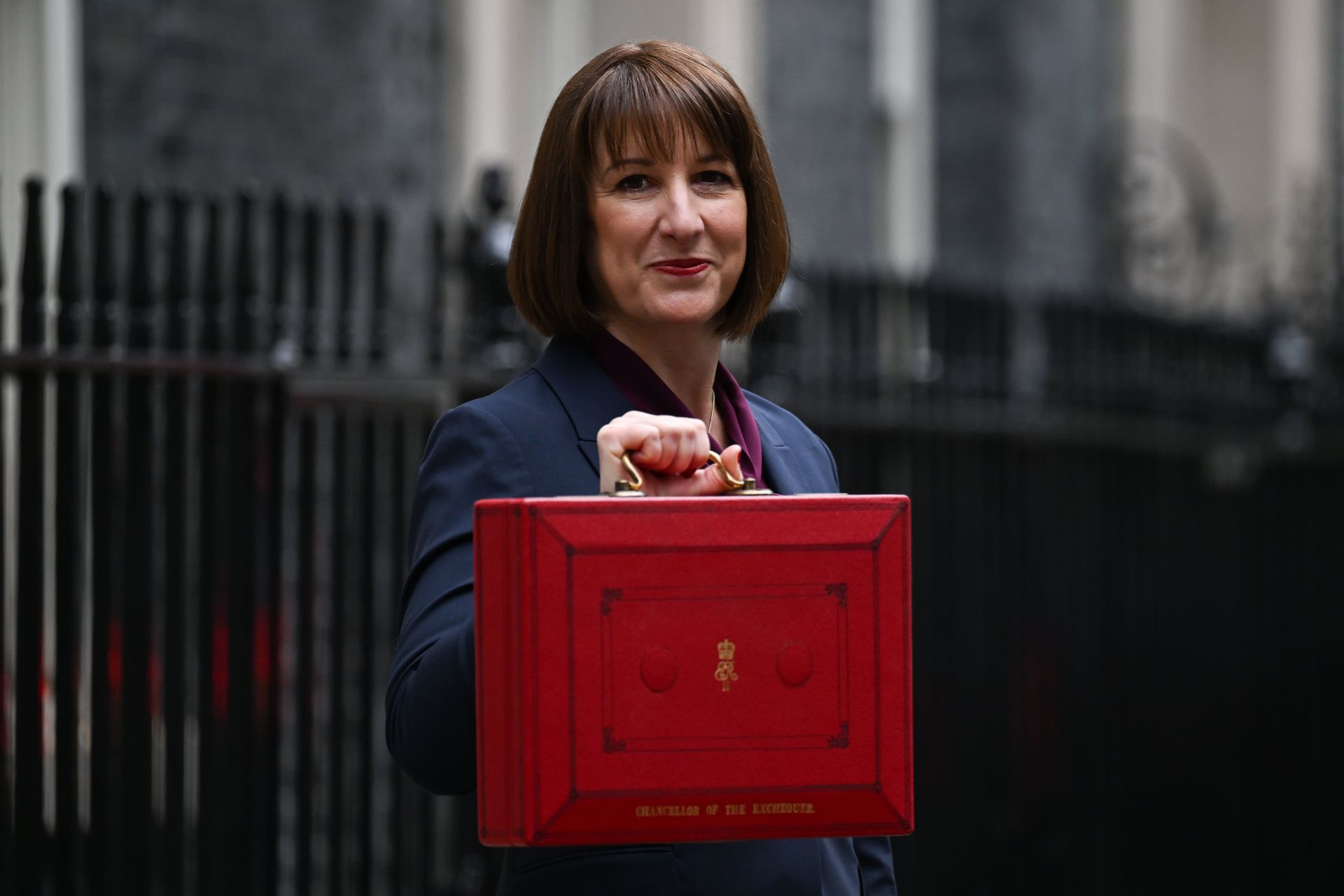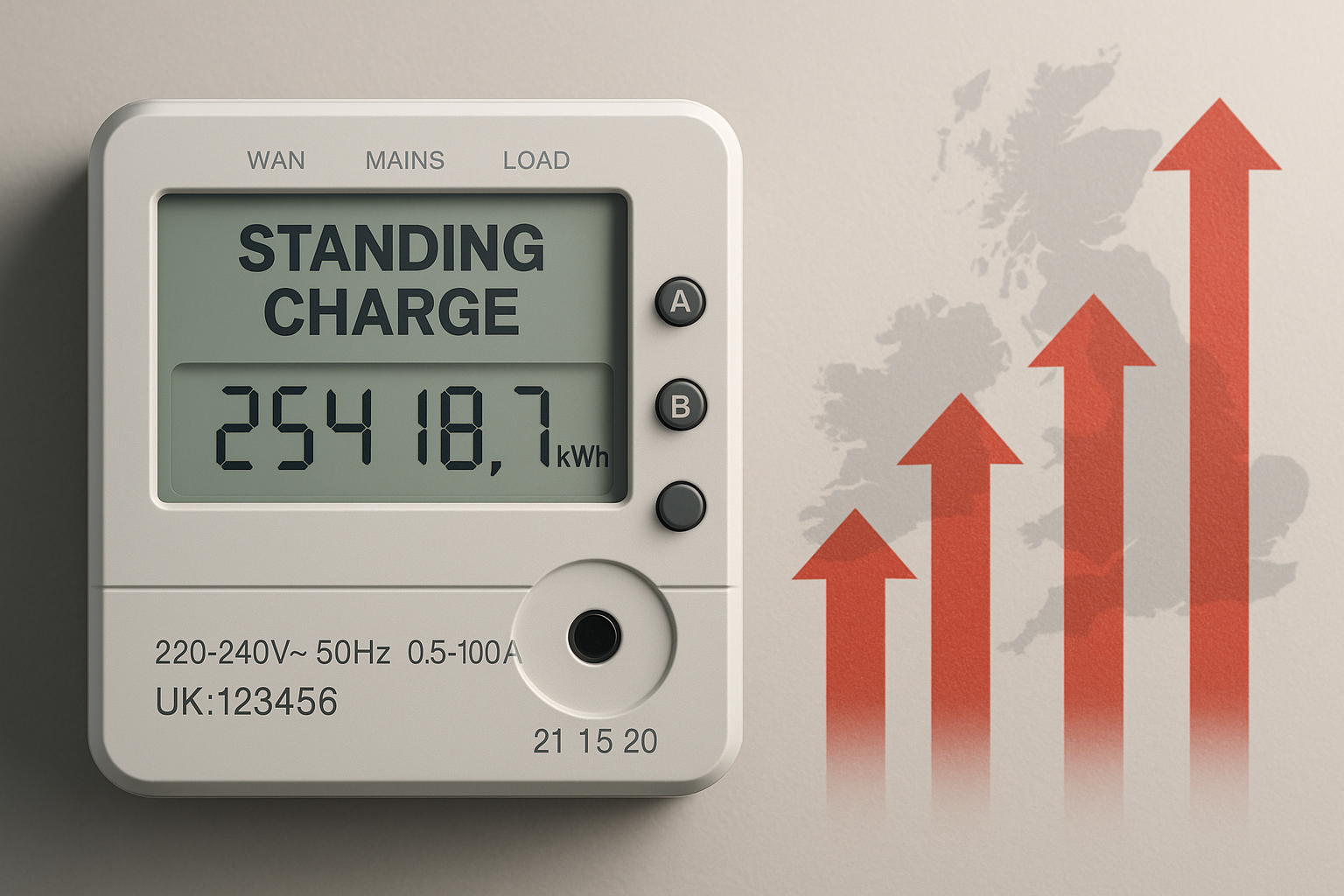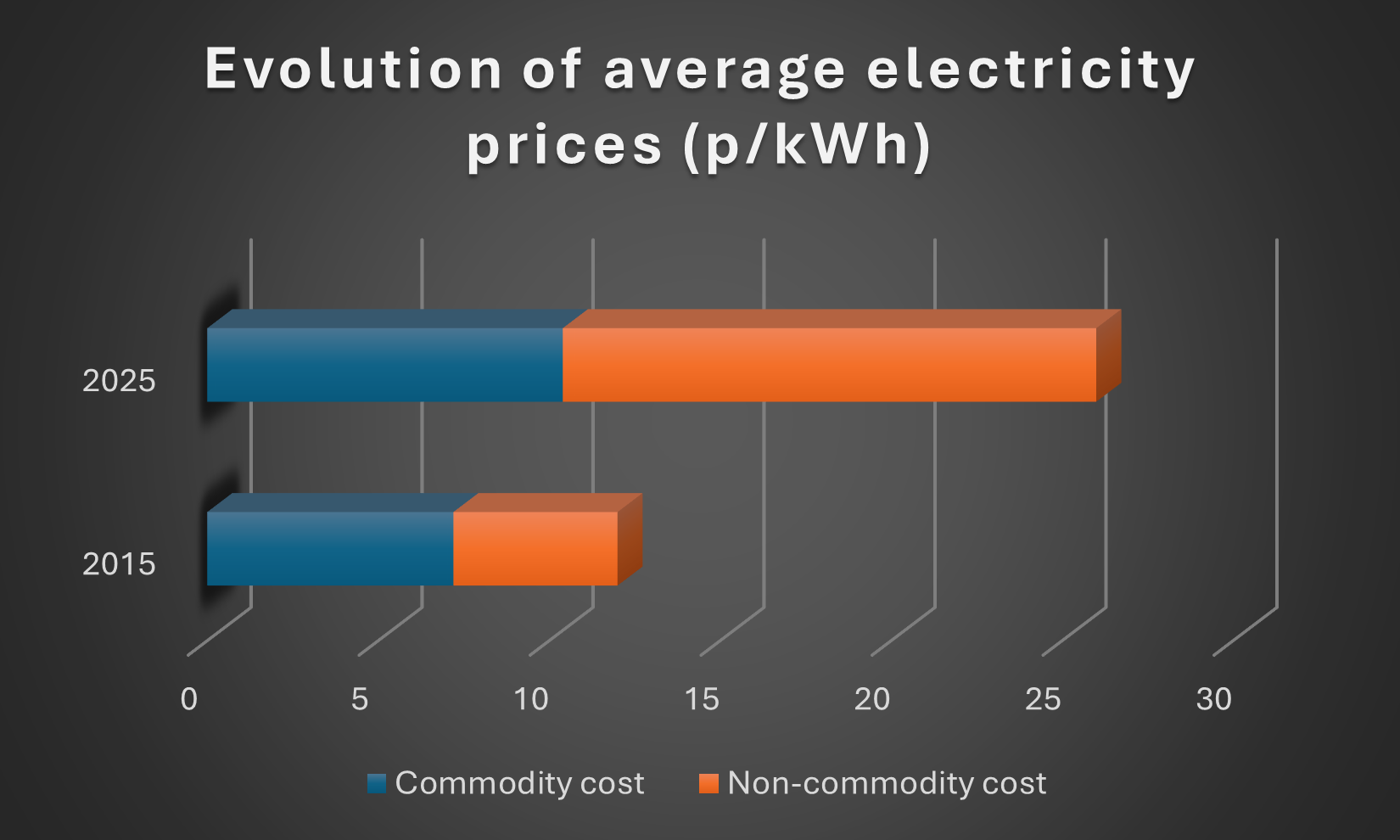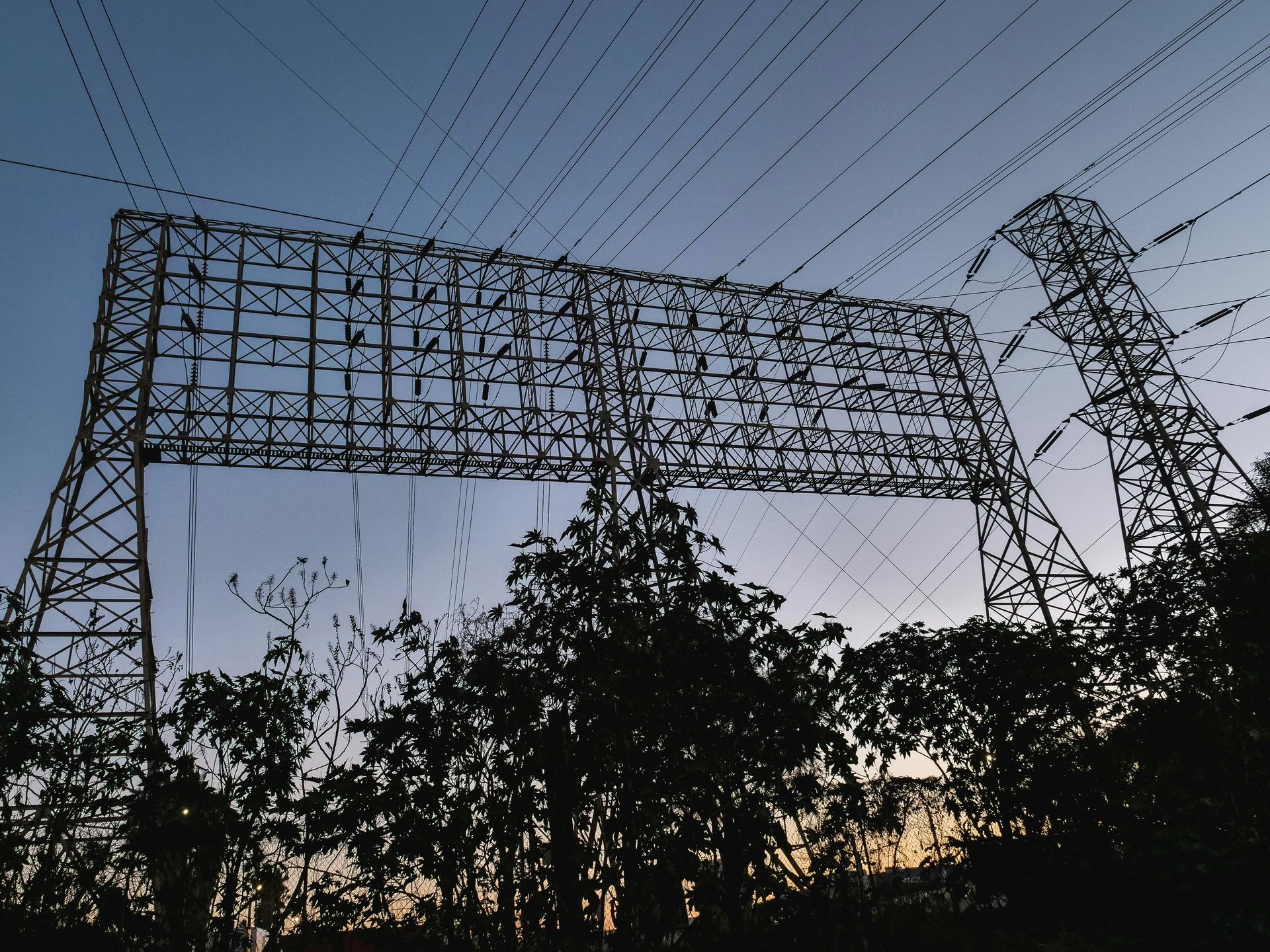What happens when a supplier fails?
In the last decade, over 50 UK energy suppliers have gone out of business. With Tomato Energy being issued with a provisional order this week, it seems as though their name will be the latest to be added to the list of defunct suppliers including Bulb, Avro, and Spark Energy.
For customers of a supplier that is on the brink of going out of business, this can be a scary time, but there is a process in place to ensure they are not at risk of losing their supply.
Who is responsible?
OFGEM (The Office of Gas and Electricity Markets) are a non-ministerial government department tasked with regulating the energy markets and networks. In cases where a supplier goes out of business, OFGEM provide a safety net to ensure that customers supply won’t be disrupted.
What is the process?
OFGEM may elect to appoint an administrator. If this is the path they choose, then no action is necessary from the supplier’s customers. At some point, the administrator may choose to shut down the supplier, at which point, all existing customers will be moved to a new supplier of the administrator’s choosing.

If the existing supplier is being closed, new suppliers will be invited to bid for the customers of the failing supplier, with the best offer being accepted by the administrator. They will announce in advance when the move will take place, and the new supplier will contact customers ahead of the switch.
At this point, customers will have the option of moving to a new supplier. When this happens it can be important to shop around and see which deals are currently available on the market to ensure that you are getting the best possible rates.
What do you need to do?
· Meter Reads
o Take a meter read as soon as possible, photographing the meter in question, to ensure you have accurate consumption information.
· Credit
o Credit balances can be recovered depending on the situation. While business customers don’t enjoy the same level of protection as domestic users, OFGEM will try to negotiate with the incoming supplier to cover credit balances. Where this cannot happen, customers may need to claim through the previous supplier’s administrator as a creditor.
· Debt
o Debt may be transferred to the new supplier. Where it is not, you may owe the debt to the previous supplier or it’s administrator.
· Complaints
o Unresolved complaints against the previous supplier will not be transferred and will need to be pursued with the administrator.
Once the decision has been taken to shut down a supplier, the whole moving process should take less than 14 days, and customers will be informed of any developments as they happen.
If your energy supplier has gone into administration or is closing down, get in touch with us for free expert advice. We can help you understand your options and find the most competitive contract rates available for your business.
Contact Us










